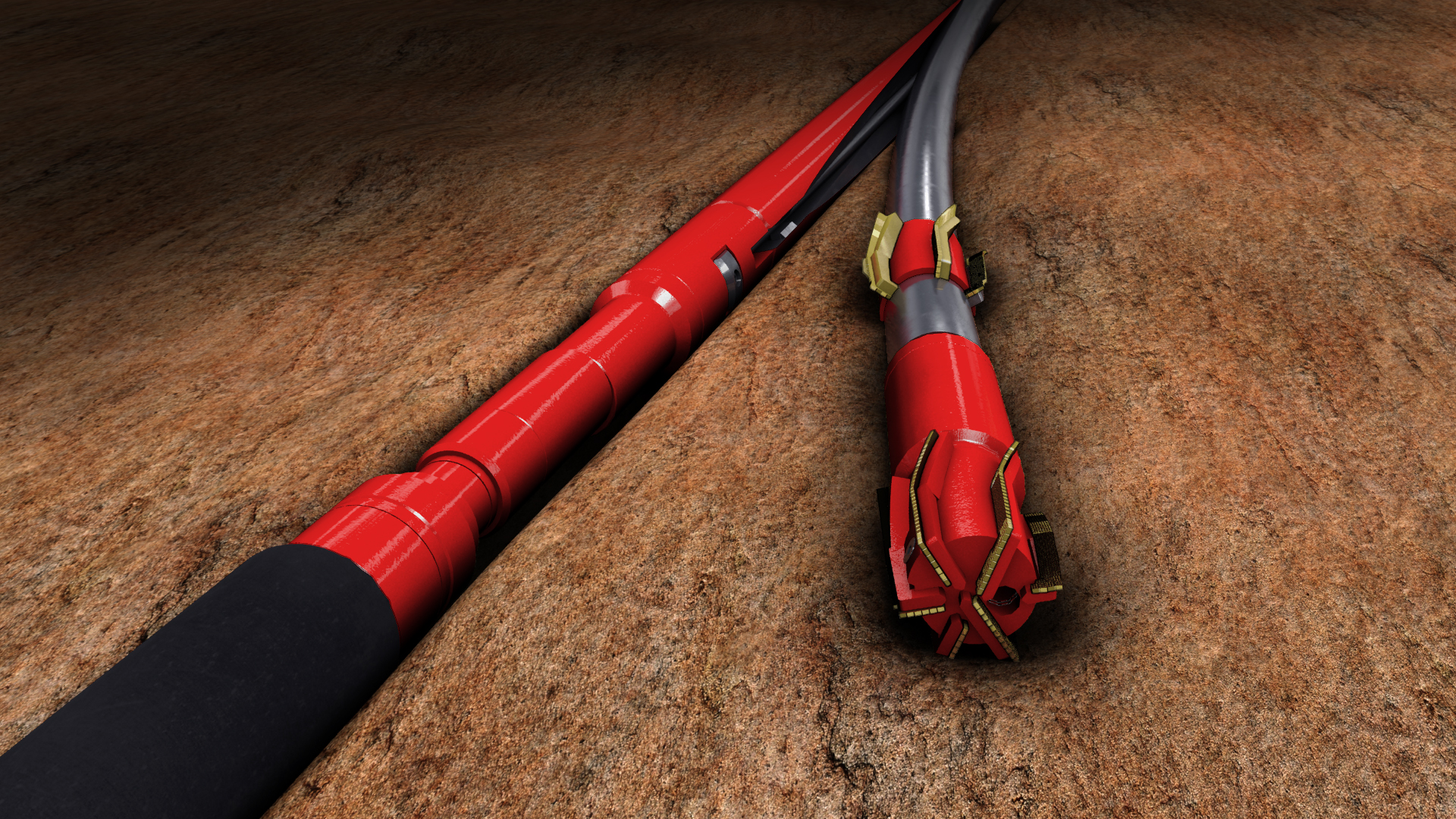About the Course: Geomechanics is a discipline to predict and control mechanical
deformation and failure of underground rock. Using various data acquired during
drilling and fluid production/injection operations, we evaluate the mechanical
state of underground and its changes over time based on geomechanics.
In the early years of oil drilling and
production, wells were primarily drilled on land to moderate depths and with
relatively minor horizontal offsets, and an empirical understanding of the
impact of geological forces and Earth material properties on required drilling
practice was developed by region. Successful practices were defined by trial
and (sometimes costly and spectacular) error. Once local conditions were
understood, it then became possible to drill new wells with a sufficient degree
of confidence to guarantee the safety and economic success of further field
developments. However, techniques that were successful in one field were not
necessarily successful in other fields, and, therefore, the trial-and-error
learning process often had to be repeated.
Because wells have become more expensive
and complex, both in terms of well geometry (reach and length) and access to
deep, high-temperature, high-pore-pressure, and high-stress regimes, it has
become clear that the economic success of field developments can only be
assured if geology and tectonics are understood and field activities are
designed with that understanding.
So, we define the parameters that are
required to develop the geo- mechanical structure of a field and review the
various techniques with which they can be measured or constrained. Once the understanding
has been developed, it can then be used in well design as part of an integrated
process to minimize cost and maximize safety
This intensive 2-week program has been put together to cover “Geomechanics and its application in Drilling and Completion”. The program intends to uplift the knowledge and skills for Students and Professionals, who will directly involve in well designing. It will also benefit staff that are or will be working as a member of a day-to-day operations team.
Learning Objective:
- Guidance under one world class best instructor
- Practical explanation on each topic with theory for strong fundamental Course Material based on Elastic Wellbore stress Concentration, rock properties, Predicting Wellbore Stability
- Drilling downhole challenges & Mitigations like HPHT, Salt, Hydrate, ERD, Sinkhole.
- Challenge's & Mitigation drilling in Land, Shallow and Deepwater environment
- Latest technology application to overcome challenges
Duration: 10+ Hours
Prerequisites: You could be involved in providing critical support from our global exploration projects, designing, building, and maintaining different types of wells all over the world. To do this you'll need a high level of technical competency, passion, and a collaborative work ethic.
Course Outline:
Wellbore Stresses:
- Rock failure and related terms
- Rock mechanical properties
- Effective stresses
- Fracture closure pressure & stresses
- Minimum & Maximum Horizontal stresses
- Hoop stresses around wellbore
Drilling Applications:
- Wellbore breakout and breakdowns
- LOT Graph
- Extended Leak Off Test
- Mini- frac test
- Bit founder point
Drilling Fluids Applications:
- Rock stress and NPT
- Drilling mud window
- Formation instability & swelling
- Caving & stuck pipe
- Geo-mechanical pre drill assessment
Wellbore Strengthening & Cementing:
- The three theories
- Stress cage theory, concept and application
- Property requirement for material
- Plugged Zone theory
- Strength ring theory
- Pressure containment & lost circulation
Fracturing Technology Applications:
- Fracturing background
- Overburden & tectonic stresses
- Closure stress at pay zone
- Acid versus proppant fracturing
- Simulator & model building
- Job sequence
- Diagnostic fluid injection test


